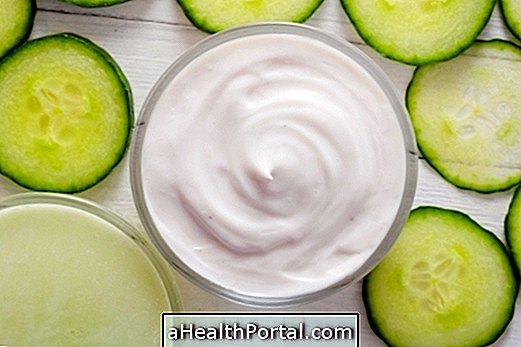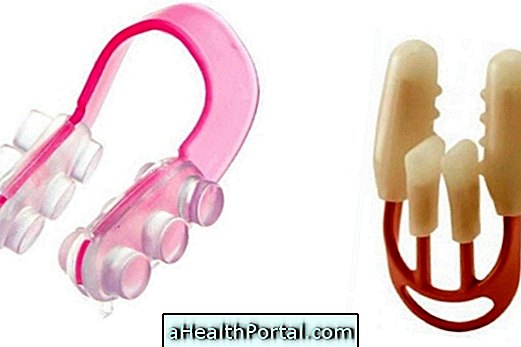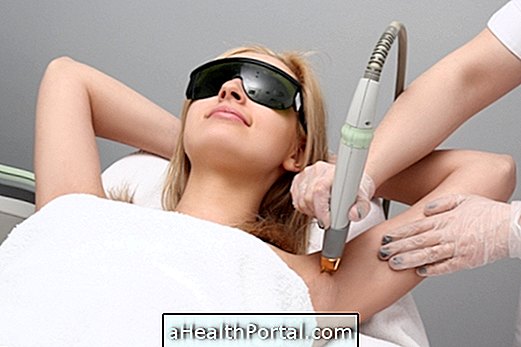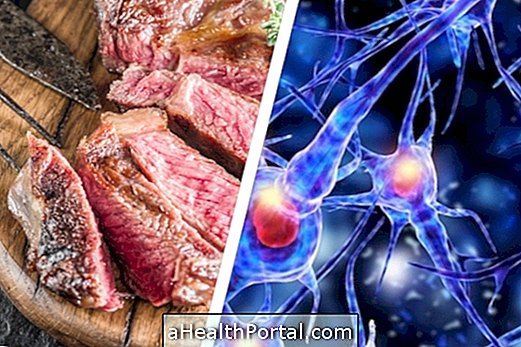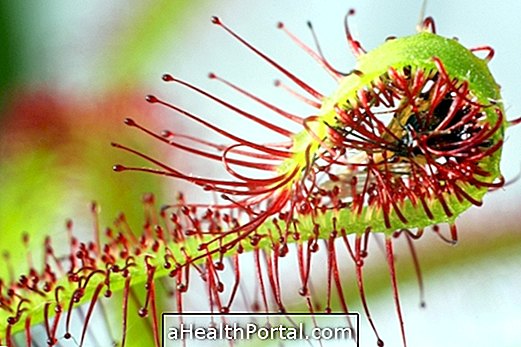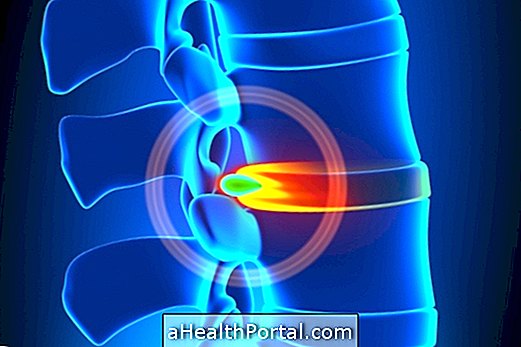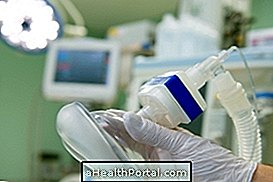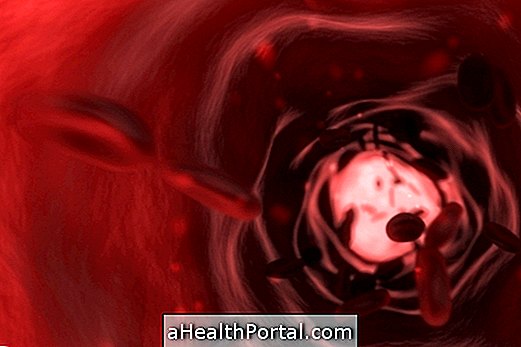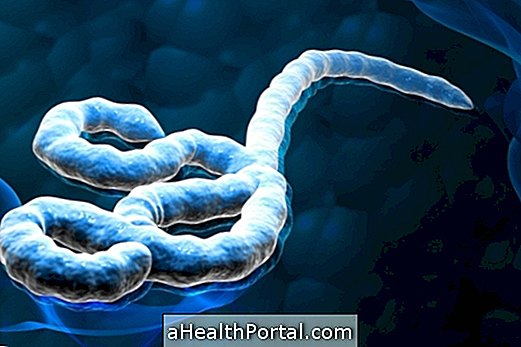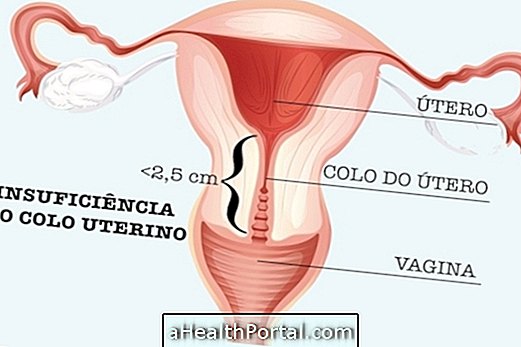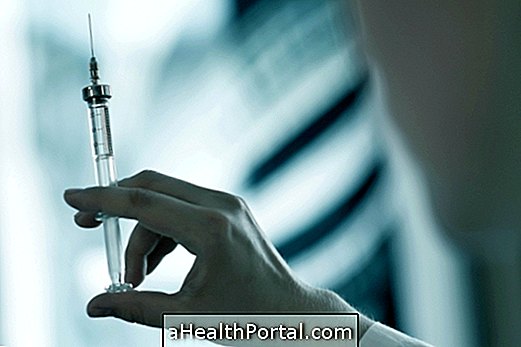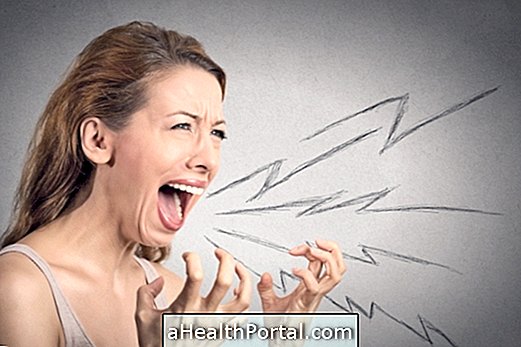In the postoperative period of liposuction, the patient may feel pain, and hematomas and swelling appear in the operated area, and although the result is almost immediate, it is after 1 month that the liposuction area has the real appearance.
The recovery after liposuction depends on the amount of fat removed and the place that was aspirated, but the first 48 hours are those that require more care, mainly with the posture and with the breathing to avoid complications.
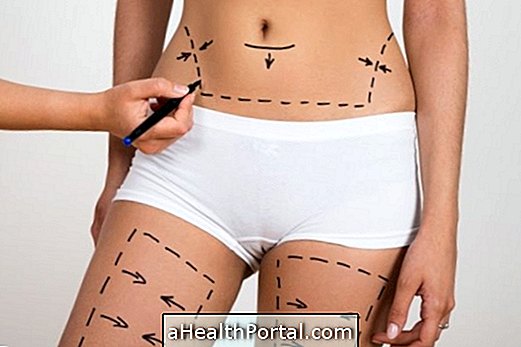
Most of the time you can go back to work if you are not physically demanding after 15 days of surgery and you feel better each day. Physical therapy treatment can begin after the 3rd day of lipo with manual lymphatic drainage and guidelines regarding posture and breathing exercises. Each day a different technique can be added to the treatment, according to the need.
How to reduce pain after liposuction
Pain is the most common symptom present after all liposuction surgery. It results from the stimulation generated by the suction cannulae and from how the tissue was treated during the procedure.
To relieve pain, your doctor may prescribe painkillers and rest for the first week. But manual lymphatic drainage can begin on the 3rd postoperative day in the untreated area and after about 5 to 7 days, it is possible to perform the MLD in the liposuction region.
This technique is excellent for decreasing body swelling and gradually removing the purple spots, being very effective in relieving pain. It can be performed daily or every other day. About 20 treatment sessions can be performed. Here's how it's done: Lymphatic drainage.

How to reduce the purple marks after liposuction
In addition to drinking lots of water to hydrate the body and facilitate the production of urine that will remove excess toxins, it may be indicated to resort to endermology to increase lymphatic drainage. You can also use 3Mhz ultrasound that helps improve blood circulation by eliminating the marks.
How to take care of the scar
In the first 3 days you should note if the liposuction stitches are dry and a 'cone' is forming. If you have any changes, you should contact your doctor and check if there is a need to change the dressing.
At home, if the scar is dry and healing well, you can do a gentle massage by applying a moisturizing cream or gel with healing properties to make circular motions from side to side and top to bottom. Also note the sensitivity of the skin, and if it is too little or too sensitive to pass a little bit of cotton several times a day can help to normalize this sensation.

How to reduce hard tissue
Some people have a tendency to form more fibrosis than others. Fibrosis is when the tissue that lies underneath and around the scar becomes hard or appears to be stuck, as if it were 'stitched' to the muscle.
The best way to avoid the development of this excess tissue is with the massage done exactly at that location. Ideally, this tissue should be treated up to 20 days after liposuction, but if it is not possible, other treatments may be used for removal, such as endermology and radiofrequency, for example.
How to reduce local swelling
If a swollen region appears immediately above or below the scar, which appears to be a pouch full of water, this is a seroma. This can be removed through the aspiration performed in the clinic or hospital and the color of this liquid must be observed because if it is infected the liquid will be cloudy or color mixed. Ideally, it should be clear and uniform, like urine, for example. Another way to completely remove this accumulation of fluid is through the radiofrequency performed by the physiotherapist.
What to Eat After Liposuction
Post-operative feeding should be light, broth-based, soup, salads, fruits, vegetables, and lean grilled meats. In addition, it is vital to drink plenty of water to help drain excess fluid but it is also recommended to eat more albumin-rich foods such as egg white to reduce swelling.
Important recommendations
In liposuction to the abdomen you should:
- Keep the elastic band for 2 days without taking;
- Take the bandage at the end of 48 h to do the personal hygiene and put back, using for at least 15 days;
- Do not make any effort;
- Lying without pressing the aspirated place;
- Swish legs frequently to avoid deep venous thrombosis.
Also, it is important to take the pain medications indicated by the doctor to relieve the pain and if possible start the dermatologic physiotherapy 3 days after the surgery. The treatment time varies according to the technique used and need of each person, but usually between 10 and 20 sessions are required that can be performed daily or every other day.
